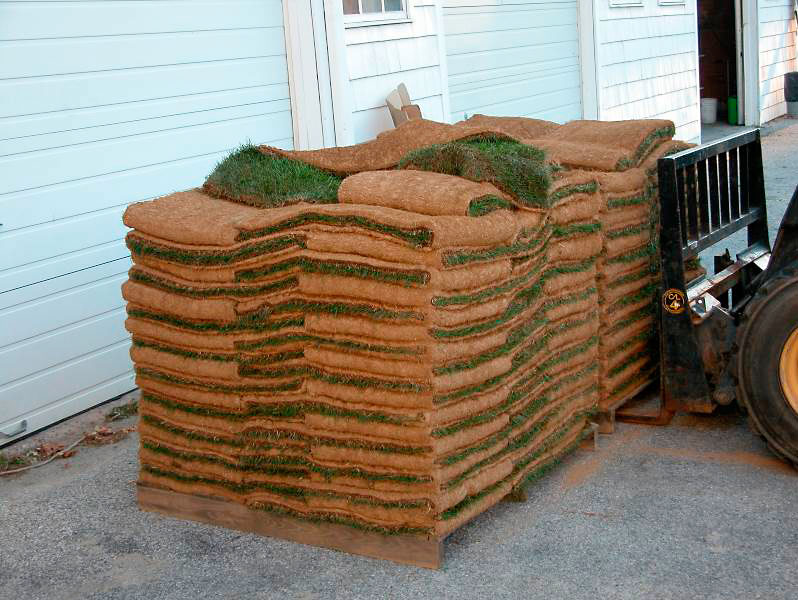At times, effective golf turf management requires renovating an existing stand or establishing new turf. Renovation can be ideal for including the genetically improved turfgrasses, which are well-suited to modern golf turf management. Also, the latest genetic material often requires significantly fewer inputs, further reducing the need for fertilizer, pesticides, and water.
Establishing new turfgrass areas or renovating existing stands can create significant risk to water quality. During establishment, soil is exposed prior to seeding or sodding to ensure effective contact for water transfer from the soil to the plants. Therefore, practices should be implemented that reduce establishment time to full turfgrass cover and protect the soil from being transported in rain events during establishment. These practices can include sodding heavily sloped areas or mulching new seedlings.
Minimizing the amount of fertilizer and chemicals used during the establishment phase is critical, as the establishing turf does not provide the needed uptake to prevent runoff and leaching. For example, a Cornell University study found that using fungicide-treated seed instead of a granular fungicide at establishment significantly reduces the risk of leaching.
Newly establishing areas, especially from seed with soil exposed, should be irrigated carefully. Light, frequent amounts of water to keep the seedbed moist will encourage germination and seedling development. Once the turf density reaches 60 to 70%, cover irrigation can be reduced to more normal levels, as turf will begin to root and extract water and nutrients from the soil.

The use of sod can limit the species and varieties used, but significantly reduces the risks associated with new establishment. Source: Frank Rossi.
